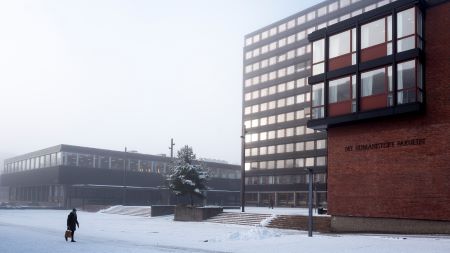The Department of Literature, Area Studies and European Languages is involved in extensive research and teaching in the fields of literature, area studies and linguistics within European languages apart from the Nordic ones.
Key figures - 2022

- 70 Scientific employees
- 32 Research fellows
- 17 Administrative employees

- 1005 students

- 2 Bachelor programmes
- 2 Master programmes
- 8 One-year programmes

-
8 projects financed by the Research Council of Norway (NFR)
-
Interdisciplinary initiative:: Literature, Cognition, and Emotions (LCE)
-
The Centre for Slavic and East European studies

- 106 scientific publications

-
Total inntekt: NOK 101 millions
-
Part of the budget that is externally funded: 15 per cent
A diverse department
Literature opens up a unique insight into human experience and an understanding of ourself and the world. Literary studies provides our students with theoretical and methodological tools to analyze literature in a scientific manner.
Our diverse research provides basic knowledge of literature and challenges the limits of human cognition and reflection. It also includes various literary historical terms in different cultures (uforståelig setning!).
Area Studies of Europe and the Americas provides knowledge about society, culture and language from the two continents that have long dominated international politics, economics and culture. The disciplinary range of the Programme for European and American Studies is unique in the Nordic region.
Our research provides important insights into historical and contemporary contexts in specific geographical areas, such as Latin America or Russia and the post-Soviet successor states.
European languages comprise some of the world's most widely used languages, like Spanish and English, but also, for example, languages that are prevalent in today's Norway, such as Polish and Bosnian-Croatian-Serbian. In a world characterized by cultural complexity and political volatility, languages are important.
Our students learn how to use foreign languages, but also to reflect on language and its importance in a globalized world. Research on linguistic difference is one of our priority areas.
Research, environment and communication
-
The Department has an active research environment with a wide range of international collaboration.
- Many of our researchers play a part in giving the general public insight into the results of this research.
-
The students benefit from research-based teaching.
-
Equality, respect, participation and co-consultation are goals for our working environment.